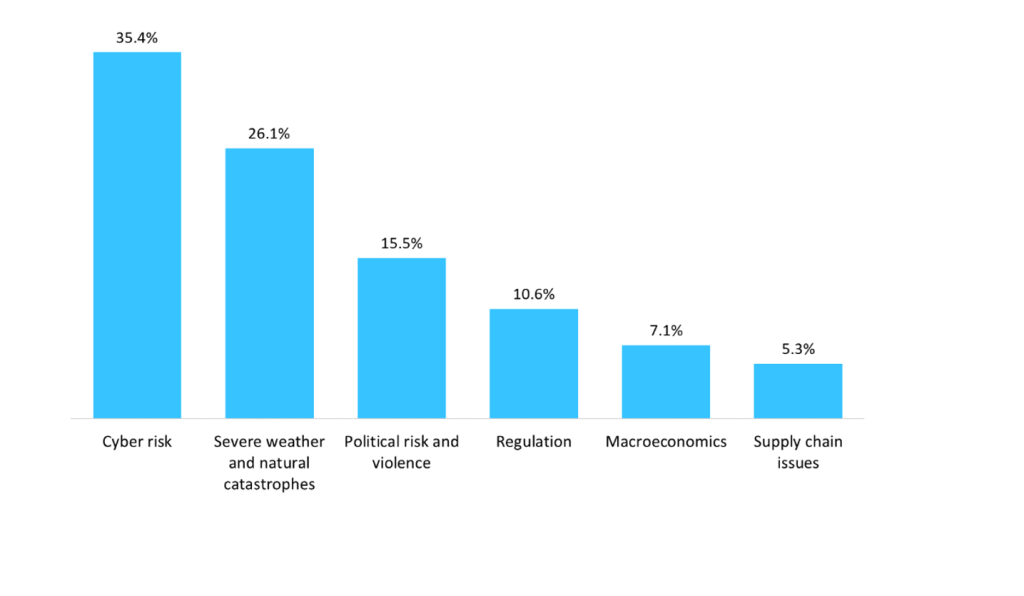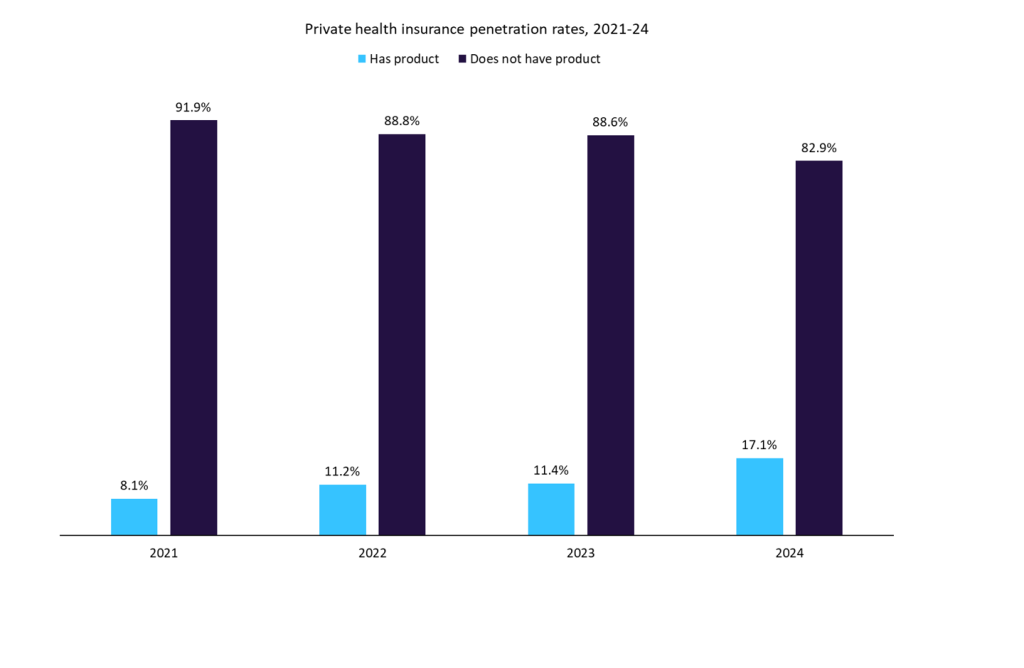
Willis Towers Watson has responded to an EIOPA Discussion Paper on the upcoming review of Solvency II and identified significant flaws in the formula used to calculate the risk margin.
Willis Towers Watson’s submission notes that the risk margin has become a much more material component of insurers’ balance sheets, leading to a number of challenges and changes in business practice, including:
· Asset Liability Matching. Insurers’ ALM challenges related to risk margin have been exacerbated by falling interest rates.
· Risk transfer. The bigger the risk margin relative to the rest of the technical provisions, the more insurers are incentivised to offload risk to reduce the risk margin. This can be done via reinsurance to a company outside the EU which is not bound by Solvency II rules.
· Longevity reinsurance. Willis Towers Watson believes the growth in the longevity reinsurance market has been caused primarily because the Solvency II risk margin is materially too large for relevant primary insurance business (mainly immediate annuities).
The consultancy’s submission, principally focused on the risk margin, recommends an independent review of the purpose of the risk margin and what an appropriate methodology and calibration should be.
How well do you really know your competitors?
Access the most comprehensive Company Profiles on the market, powered by GlobalData. Save hours of research. Gain competitive edge.

Thank you!
Your download email will arrive shortly
Not ready to buy yet? Download a free sample
We are confident about the unique quality of our Company Profiles. However, we want you to make the most beneficial decision for your business, so we offer a free sample that you can download by submitting the below form
By GlobalDataKamran Foroughi, director at Willis Towers Watson, said: “We believe the high level of risk margin currently attached to long-term insurance products is resulting in higher premium rates and reduced competition, leading to worse value for consumers.”
Foroughi added: “After a fundamental review to confirm the broad model for the risk margin, stress and scenario testing should then be used to determine whether it should also change in different markets. If a risk margin model were to be permitted that varies with market movements, we would advocate an anti-cyclical approach as opposed to the current approach which we believe ends up being dangerously pro-cyclical.”
For all the latest insight, news and data on the global life and health insurance and reinsurance markets, visit www.lifeinsuranceinternational.com







